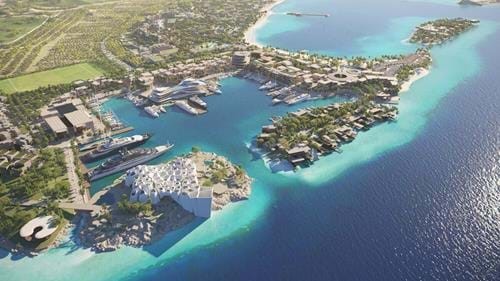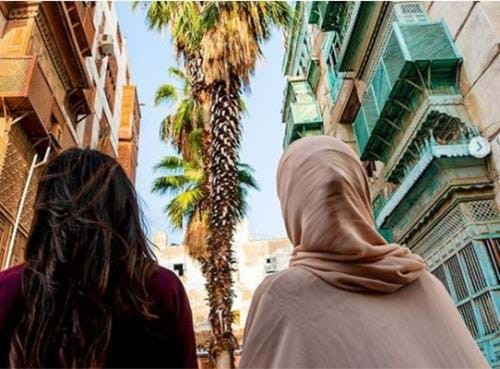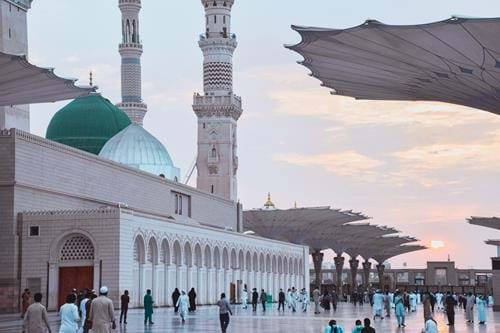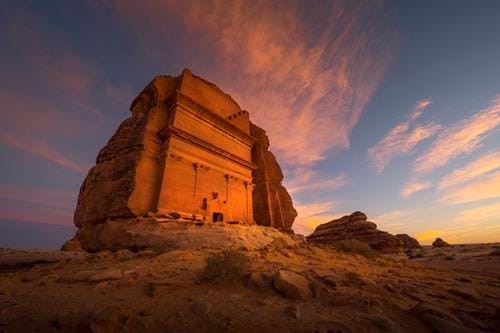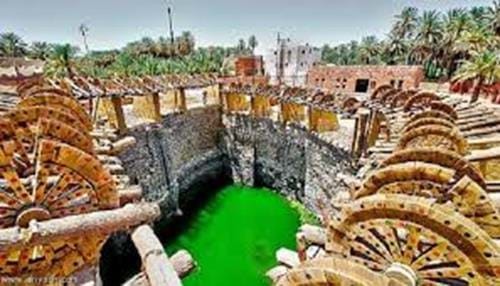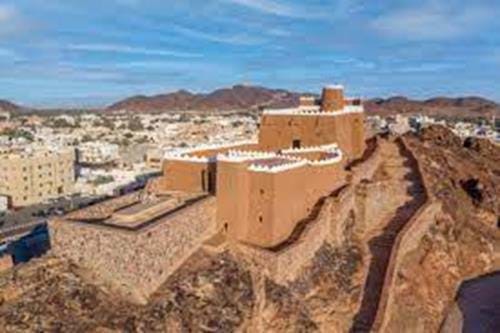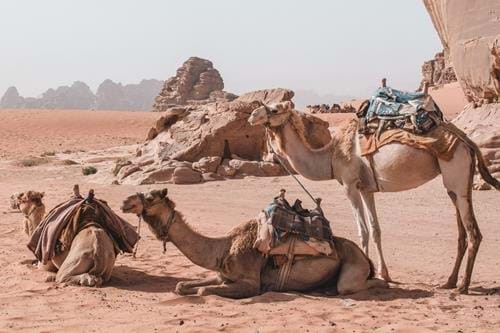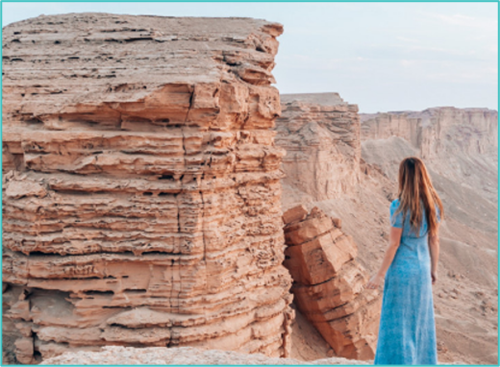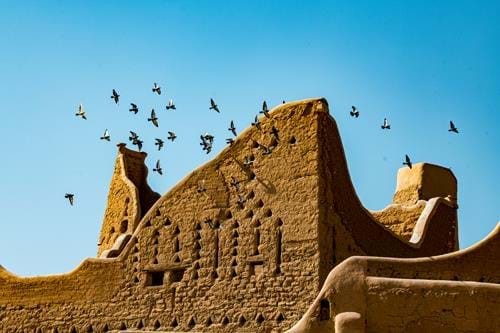Tailor-Made Tour
- Duration12 Days
- Flights IncludedYes
- Prices From £ 6795
 Places Visited :
Jeddah - Medina - Alula -Hail - Jubba - Buraydah - Ushiaqer - Riyadh
Places Visited :
Jeddah - Medina - Alula -Hail - Jubba - Buraydah - Ushiaqer - Riyadh
Throughout the ages, abundant resources of Saudi Arabia's fertile oases attracted settlers. Despite the challenges posed by its vast rock-strewn desert and barren mountains, the roots of earliest civilizations of the Arabian Peninsula were laid. With a human history spanning 10 millennia, the recently opened Kingdom of Saudi Arabia is one of the most fascinating and enigmatic countries to visit today.
In this highlights tour, we take a deep dive into the country to discover UNESCO protected sites with prehistoric inscriptions and rock art, grand tombs of ancient Arabian Kingdoms of Dadan and Nabataean Hegra (the modern Mada'in Saleh) at Alula. We experience the country that gave birth to Islam which has swept the world, and visit sites of Babylonian Roman and Ottoman settlements as we traverse the Kingdom through some of the world's most spectacular desert scenery and mountainous landscapes including, the 'Edge of the World'!
This tour will inspire intrepid travellers drawn to destinations with a difference. It takes in places that stimulate the mind, broaden horizons and opens the conscious to ideas the world has long forgotten.
Rediscover the magic of Arabia in style and comfort with TransIndus.
Remember, this trip can be personalised to suit your travel needs - we can tailor everything from hotel, travel type, duration and more.

